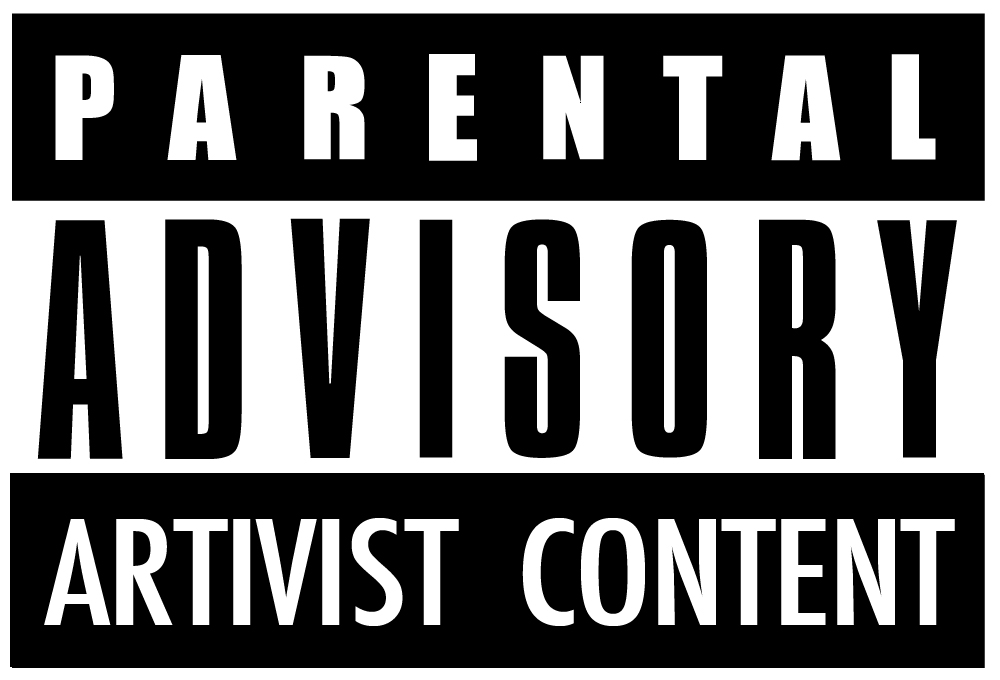American actor/storyteller Buster Keaton developed his comic style following a certain set of rules and preferences that have influenced filmmakers over the years since, including Wes Anderson or Jackie Chan to name recent ones.
Tony Zhou, whose been doing a stellar work recently at picking less “in your face” topics, digging deep and connecting the dots between storytelling through past and present, just released another amazing video essay through his channel, Every Frame a Painting, deconstructing how Buster Keaton built a gag.
There are 6 elements that Keaton used to build his gags and make a comedy based on visual, as opposed to titles in his time, and fatigued techniques in ours.
#4 – Build your gag within your world’s rules.
In Keaton’s case, his world was flat, and the characters could only see what the camera could see. Keaton found humor in geometry, using circles, triangles, and parallel lines to accentuate gags within the frame and help the audience read it well.
You must watch the video below for illustrations of each points and much more. Zhou really managed to pay homage to Keaton through his editing, the pace of the video, and the selection of extracts he picked.
As far as I am concerned, going back to Keaton and looking at how he handled his craft is useful for both directors and screenwriters, to push the envelope and try to move the story forward through actions, as opposed to dialogues.












